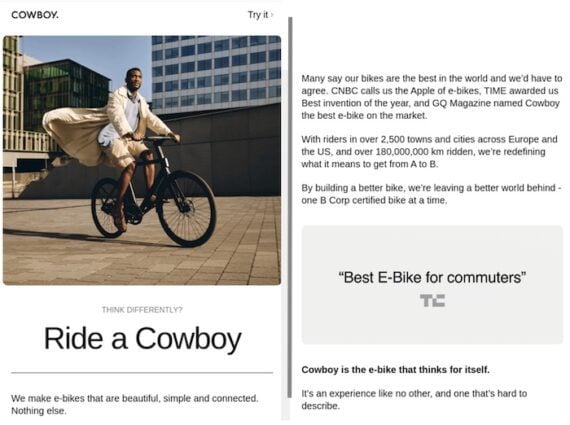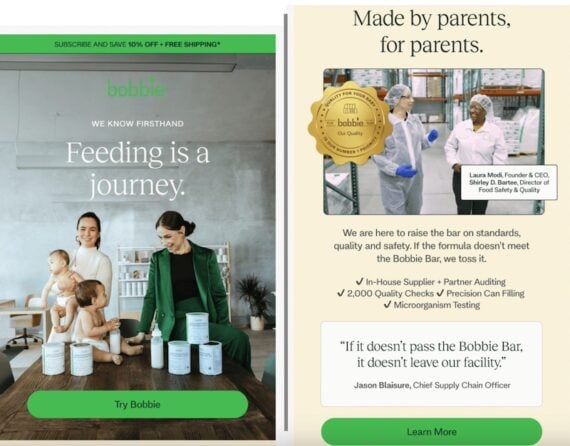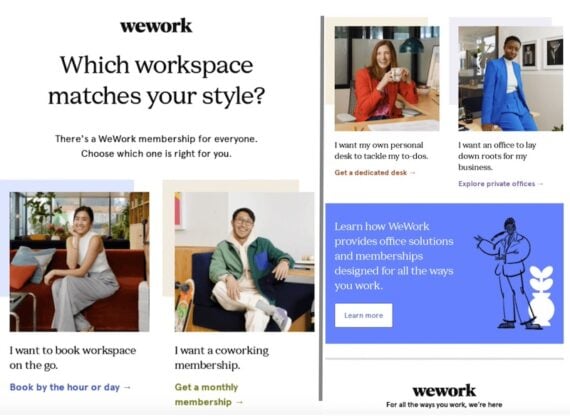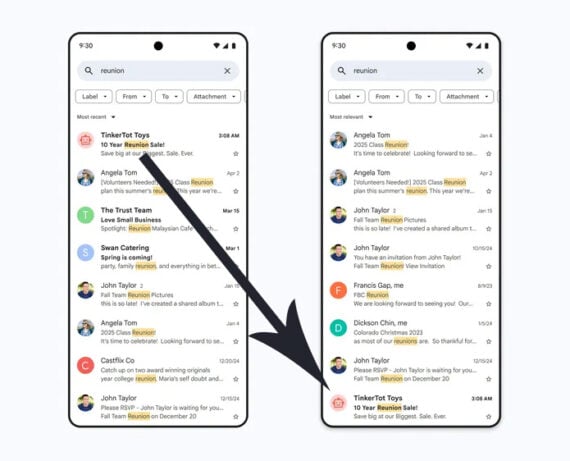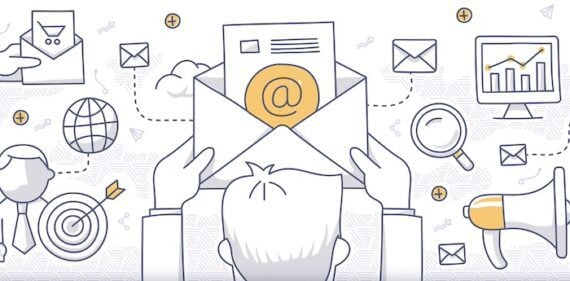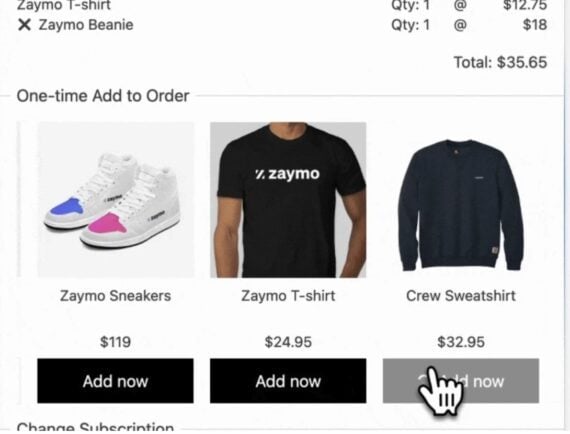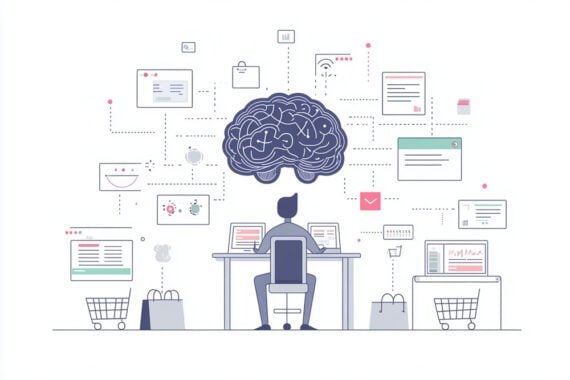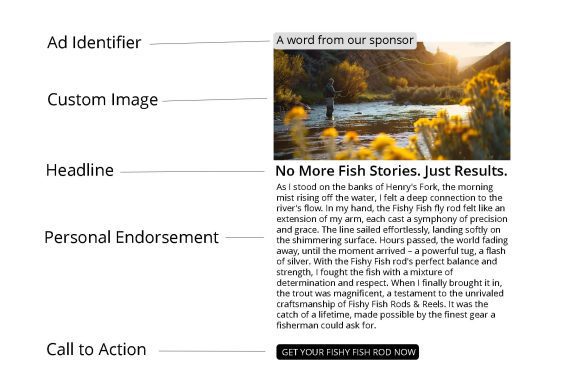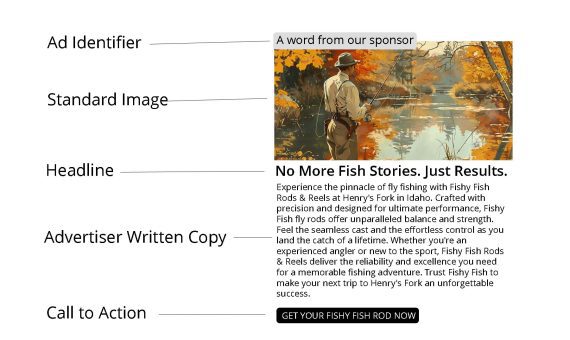Rethink Your Email Sunset Policy
Experienced marketers know an unengaged email list tanks deliverability and clouds campaign data. But what’s often missing is nuance: how to design a sunset policy that works with the brand’s funnel.
This post isn’t a reminder to clean your list with abandon. It’s a framework for doing it smarter, especially when attribution is messy, inbox competition is fierce, and engagement signals are fuzzier than ever.
The alternative, keeping everyone, results in:
- Declining inbox placement rates,
- Falling open rates (despite Apple’s Mail Privacy Protection inflating them),
- Spam traps and increased bounces from low-quality emails.
Yet experienced marketers still hesitate to sunset aggressively — and for good reason. No one wants to cut customers who intend to reorder, especially for long consideration cycles — big-ticket purchases such as furniture or luxury goods — or inconsistent seasonal spikes. That’s why a nuanced, tailored, data-informed sunset policy is essential.

A nuanced sunset policy recognizes messy attribution and fuzzy engagement signals.
Beyond Open Rates
Post iOS 15, opens are inflated and increasingly unreliable. Relying solely on opens — even on Klaviyo, Iterable, and Braze — means you’re likely retaining ghost contacts, especially if you’re not separating for Apple’s MPP.
Instead, look at subscriber intent across channels, not just inbox activity. Build a sunset policy around blended engagement signals:
- Clicks,
- Site visits (via UTMs or pixel-based tracking),
- Purchase behavior,
- Session time or scroll depth (via Google Analytics 4 or a customer data platform such as Segment or Klaviyo).
Subscribers Not Equal
Not everyone behaves similarly with a brand. A strategic sunsetting policy considers varied users across the marketing lifecycle. To preserve value, tier your list:
- High-value, high-recent buyers. Suppress after longer windows (e.g., 180 days) but retarget through paid media or SMS.
- Repeat but lapsed buyers. Shorter sunset window (90–120 days) with re-engagement flows before suppressing.
- Non-purchasers with high email interaction. Consider retargeting with educational, customer-driven, or product-led content.
- Low-value, low-engagement contacts. Flag for suppression or archival.
Tiered Sunset Flow
Step 1. Identify drop-off points by cohort. Map when different subscriber types stop engaging, not just how long they’ve been inactive.
Step 2. Create re-engagement flows by segment. Instead of one-size-fits-all messaging, design two or three touch sequences per tier. For example:
- A buyer-focused winback campaign with product restock alerts or loyalty perks,
- A lurker-focused re-engagement with social proof or an updated brand story,
- A light-touch “Do you still want to hear from us?” campaign for low-engagement users.
Step 3. Offer a soft exit. Before removing, offer preference management, frequency options, or SMS sign-up. This preserves the relationship on subscribers’ terms.
Strategic Suppression
Most email service providers can suppress contacts from campaigns without fully removing them, retaining purchase history and behavioral insights. Add those contacts to exclusion audiences in Meta or Google Ads. Suppress them from flows but reactivate for seasonal sends, “last chance” campaigns, and high-impact sales.
Non-email touchpoints are valuable, too. Customers who no longer open emails might still follow the brand on Instagram or engage via SMS. A full-funnel approach means meeting them where they show up.
Automate with Context
Most marketers have automated sunset flows, but “setting and forgetting” could reduce revenue. A quarterly review is essential to ensure automations:
- Align with the promo and product calendar,
- Reflect seasonality spikes and new retention goals,
- Use personalized content blocks or product feeds for relevancy.
A well-crafted sunset policy respects customers’ time and the brand’s long-term health. A mindset of curation rather than deletion leaves room for customers to re-engage when the time is right.

